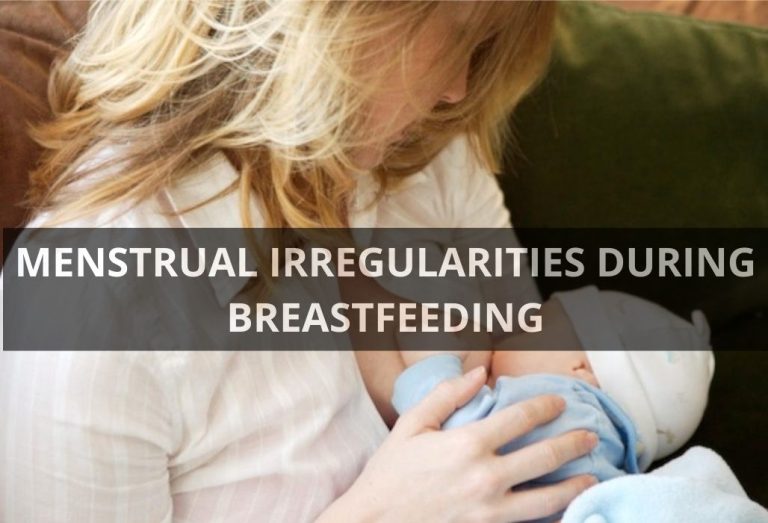6 TYPES OF UTERINE CONTRACTIONS
The activity of the uterus begins before delivery, and the uterus, which plays an important role, performs certain movements during the ninth month of pregnancy.
Most women do not have in-depth knowledge about uterine contractions. However, there are actually many different types of uterine contractions, so it’s good to know how to identify each type.
Various types of uterine contractions last throughout pregnancy. And it may appear strong enough to help get your baby out into the world. The activity of the uterus begins before delivery, and the uterus, which plays an important role, performs certain movements during the 9th month of pregnancy.
Types of contractions a pregnant woman may experience
Contraction promotes blood circulation through the uterus and placenta. Also, it is important to maintain the shape of the uterus.
So, why does shrinkage occur? This is because, among other functions, the uterus helps to position the baby in an appropriate way so that it can exit the womb.
A contraction
This is the first contraction that occurs and lasts until 28 weeks of gestation. This is called A contraction. Typically, this contraction may not be noticed due to its low strength.
Central contraction
These contractions are caused by the baby’s movements. It is of low intensity and usually only occurs in one area of the uterus.
Generalized Contractions
These contractions are similar to the types mentioned above, but rather than being concentrated in one area of the uterus, they spread throughout the uterus.
It can be created as a result of the baby’s movements or physical exertion. It can also be a sign that a pregnant woman is changing positions or that her bladder is full.
Braxton Higgs Contraction
This type of contraction is different from other contractions because the abdomen contracts without causing pain. This contraction lasts about 30 to 60 seconds. Some mothers begin to feel these contractions as early as the 13th week of pregnancy.
These contractions usually appear from the second trimester of pregnancy.
Contractions just before childbirth
This contraction is slightly stronger than the Braxton Higgs contraction. And it occurs during the last two weeks of pregnancy. As the name suggests, these contractions are also a sign that labor is about to begin.
These contractions occur regularly, to prepare the cervix for labor.
Analgesic Contractions
This contraction plays a crucial role and occurs just before delivery. And it happens regularly and violently. Analgesic contractions can occur up to 3 to 5 times every 10 minutes.
As labor progresses, contractions become more frequent and can last for 60 to 90 seconds.
The pain and intensity of these contractions increases as the baby approaches the time of birth.
Those who have already gone through labor say that these contractions are very painful, but they are also satisfied with being able to push the baby away.
Tips to reduce the frequency of uterine contractions
To reduce the frequency of contractions, avoid the following factors:
Negative Emotions:
A strong argument, a stressful situation at home or work, or the illnesses of a close relative are all emotions that are difficult to handle.
Anything that causes excessive stress can cause more contractions than would result from physical activity.
Physical Effort:
Avoid running, moving quickly, or suddenly sitting or standing. Avoid lifting heavy objects for long periods of time.
It should be borne in mind that anything in excess is detrimental to health. Especially if you are pregnant.
Conclusion
Therefore, it is important to take good care of yourself. And to do that, it’s important to be aware of the different types of contractions so you can act appropriately.
If you have any further concerns about your uterine contractions, feel free to talk to your doctor.






